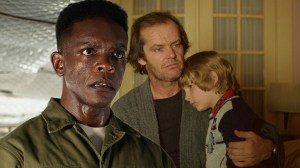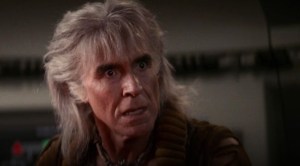Back in the earliest days of superhero comics, it was entirely a man’s world. The superhero genre spawned in a male-dominated medium, with detective and adventure comics being its forebearers, both of which featured big men going on special adventures and generally being hardcases. It was stories made about men, by men, for men. None of that is bad on its own, but it did inherently limit the audience comic books could reach and the type of characters that could inhabit them. Women were side characters or damsels in distress and, very rarely, main supporting cast members, but never at the head of everything. That all changed with the introduction of Wonder Woman.
Videos by ComicBook.com
Wonder Woman first debuted in All Star Comics #8, released on October 21, 1941. With her appearance, Diana ushered in a new era of comics where superheroines stood tall alongside male superheroes. There were other superheroines before Wonder Woman, two to be exact, but the Magician from Mars and Fantomah lacked the instant popularity and staying power that Wonder Woman had. Those two deviated from the traditional idea of what a superhero looked like, but Wonder Woman embodied that. Now, even eighty-three years later, Wonder Woman’s impact is felt throughout all of comics.
A Wonderful Beginning to a Golden Age

Before Wonder Woman’s debut, there were almost no female-led comic books or heroic characters. Even Lois Lane, one of the greatest female comic book characters of all time and a feminist icon, was very subdued in most of Superman’s stories, needing to be rescued by him a generous ninety-five percent of the time in that era. That all changed with Wonder Woman’s debut, who, from the very beginning, rewrote the expected rules for how men and women behaved in comics. Her first act on the page was to rescue Steve Trevor and carry him princess-style, which went against just about every gender norm of that era at once.
Wonder Woman was an instant hit, becoming the lead of Sensation Comics and getting her own series just six months later. A lot of her early stories are run-of-the-mill war-era superhero stories, albeit with feminist themes squarely present. Wonder Woman certainly had her own distinct character and love-focused mentality that separated her from other heroes of her time, but at the end of the day, it was just another superhero comic, and that’s what’s so incredible about it.
It proved that all a comic with a female lead needed was to be good to be popular, and while that’s extremely obvious nowadays, back then it was revolutionary in the industry. Wonder Woman stood shoulder to shoulder with Superman and Batman, who even back then were unfathomably popular. Wonder Woman showed us what a superheroine looked like and thus set the stage for every single female superhero to come after her.
Zatanna, Scarlet Witch, Black Widow, and Captain Marvel are all heroes who might not exist without the groundwork that Wonder Woman laid. It was often a slow and painful process of Wonder Woman showing that she, and thus other superheroines, could endure time just as well as anyone else. Diana is easily one of the most important and influential comic book characters of all time, because every time you see a female superhero, you know that she was the one who started that ball rolling eighty-three years ago.
What do you think? Leave a comment below and join the conversation now in the ComicBook Forum!









